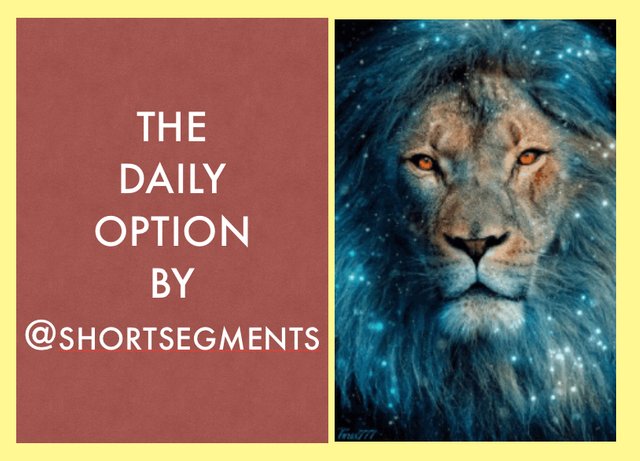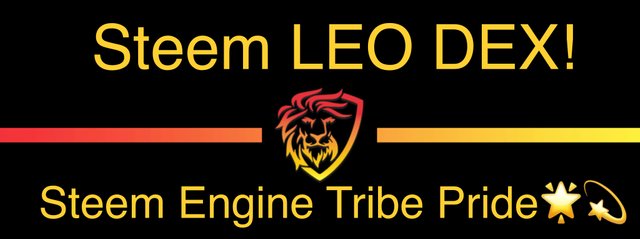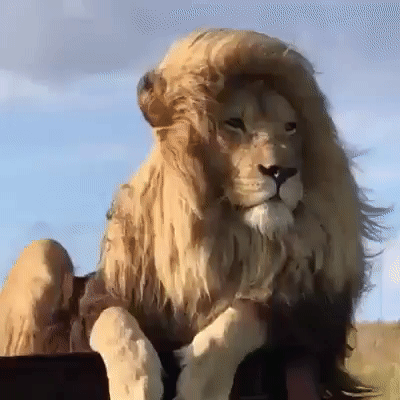
The Coronavirus is definitely bad, the US stock market is down and market volatility indicator the VIX is high. This means selling option premium via credit spreads is very profitable and you can get really good premium at safe deltas like 80!
In the options world it’s a celebration of high VIX trade time. A good trade yo make right now is an iron condor or the “double dipper” as I like to call it. Unlike your usual credit spread, which is a call spread or a put spread, the iron condor is both a call spread and a put spread which allows close to double the premium in times like these.
Here’s a brief explanation of what an iron condor is, how to set it up and then an actual trade.
Option Trades: the iron condor.
The iron condor is a options trade made up of four positions, two calls and two puts, all on the same underlying stock company and all with the same expiration date. This allows us to earn premium on two vertical spreads, but only taking risk for one spread because it’s guaranteed that one of the sides will be successful , as the stock can’t close both below our put spread and above our call spread.
I like to place my strikes out in the 80-95 percentile range, the farthest out I can go and collect a premium 1/3 the width of the difference between the strikes. and our maximum profit is the net credit. The maximum loss is the difference between those two positions in dollars or cents times one hundred which is the multiplier because each contract is for 100 shares.
Example;
I sell a call spread on Netflix
Netflix current price 1200$.
I sell the 1230 call for five dollars.
I buy the 1235 call for 3.5 dollars.
Both are multiplied by 100 shares per contract.
I buy the 1235 price for $3.50 times 100 = $350
I sell the 1230 price for $5.00 = $500.
My net credit is (5.0-3.5=1.5) x 100 = $150, this my max profit.
My risk on the trade is 1235-1230= 5$ times 100=$500- minus my max profit or 500-150=$350.00.
I am risking $350 to make $150 and I have a 85% probability of success.
Now if I sell a Put spread on the other end of the scale at the 85 percentile.
I sell a Put 1175 for $5.00 x 100= $500
I buy a Put at 1170 for $3.5 x 100= $350
My max profit is $500-$350= $150 or net credit.
My max loss is the distance between the two puts $5 multiplied by 100, $500 minus my max profit $150, = $350.0.
Now I get both the Put spread net credit $150.0 and the call spread net credit $150.0, but since the stock can only close above my calls or below my puts, I don’t risk two $350 dollar max losses, only one. So in essence one spread is riskless, so my broker doesn’t require me to tie up $350 times two or $700, only $350.
Let’s look at this trade.
So now by selling a spread on both ends I have doubled my potential profit while my risk stayed the same.
So I risk $350 on either the call side or put side, to win a credit of $150 on each side for a total credit of $300.0.
Now I am risking the spread between the strikes $500 minus my credit, which is $300, $500-$300=$200.
So I am risking $200 to win $300 with a 80-85% chance of success. A definite good trade with odds and profits in my favor.
Trade set up requires high volatility to insure healthy premiums in the 80-85 percentile out of the money. Trade setup prefers an underlying asset trading in a range. So I can place my strikes outside the upper resistance and the lower resistance strike prices.
This vertical trade on both call and put sides called a condor or iron condor. I refer to it as a double dipper because I can get double the premium. It’s a favorite trade of option sellers and I think you understand why. It’s also a great name, it sounds cool at parties to say you trade iron condors.
Happy Trading!
✍️ written by Shortsegments

Read other articles by me on the Steemit Social Media Platform, where writers get paid for their content by the community by upvotes worth the cryptocurrency, called Steem.
Read my Steemleo investment Blog

Please follow my Twitter Feed Here

Shortsegments is a blogger or writer on the Steemit platform, where writers, photographers and video bloggers, along with other content producers get paid for posting their content. Steemit is a decentralized social media platform on a blockchain called Steem. A very important difference between Steemit and centralized platforms like Facebook, Instagram or YouTube, is that there isn’t a central authority or owner to take your account away from you and your account can’t be deleted. You are the owner of your account. Find out more at this Link
Steem Onboarding helps you apply for an account and is a series of videos which explains how Steemit works. You don’t need to understand everything about the blockchain to post content and our Onboarding help is available in six different languages.


Posted via Steemleo
!COFFEEA $trdo
For you
Downvoting a post can decrease pending rewards and make it less visible. Common reasons:
Submit
Congratulations @avare, you successfuly trended the post shared by @shortsegments!
@shortsegments will receive 0.13966425 TRDO & @avare will get 0.09310950 TRDO curation in 3 Days from Post Created Date!
"Call TRDO, Your Comment Worth Something!"
To view or trade TRDO go to steem-engine.com
Join TRDO Discord Channel or Join TRDO Web Site
Downvoting a post can decrease pending rewards and make it less visible. Common reasons:
Submit
Downvoting a post can decrease pending rewards and make it less visible. Common reasons:
Submit
Congratulations @shortsegments, your post successfully recieved 0.13966425 TRDO from below listed TRENDO callers:
To view or trade TRDO go to steem-engine.com
Join TRDO Discord Channel or Join TRDO Web Site
Downvoting a post can decrease pending rewards and make it less visible. Common reasons:
Submit